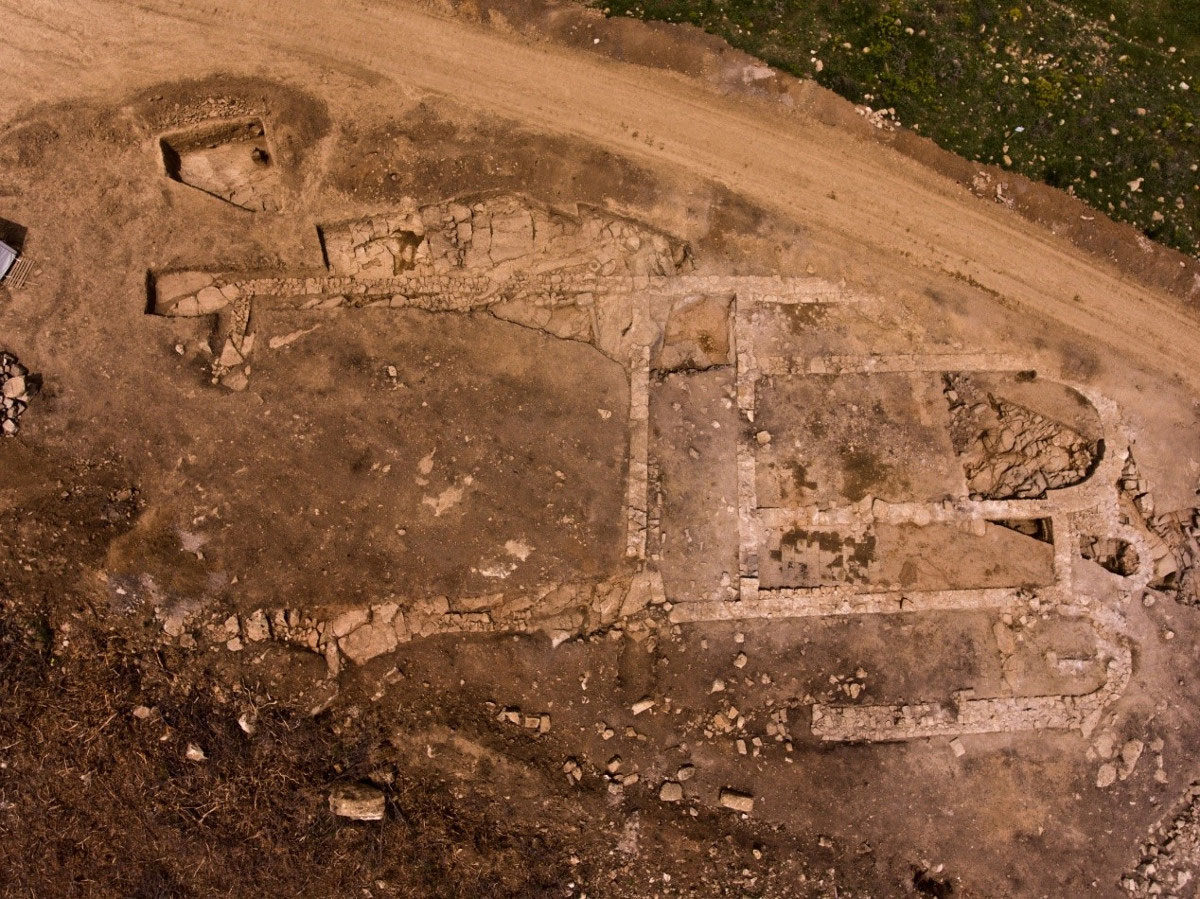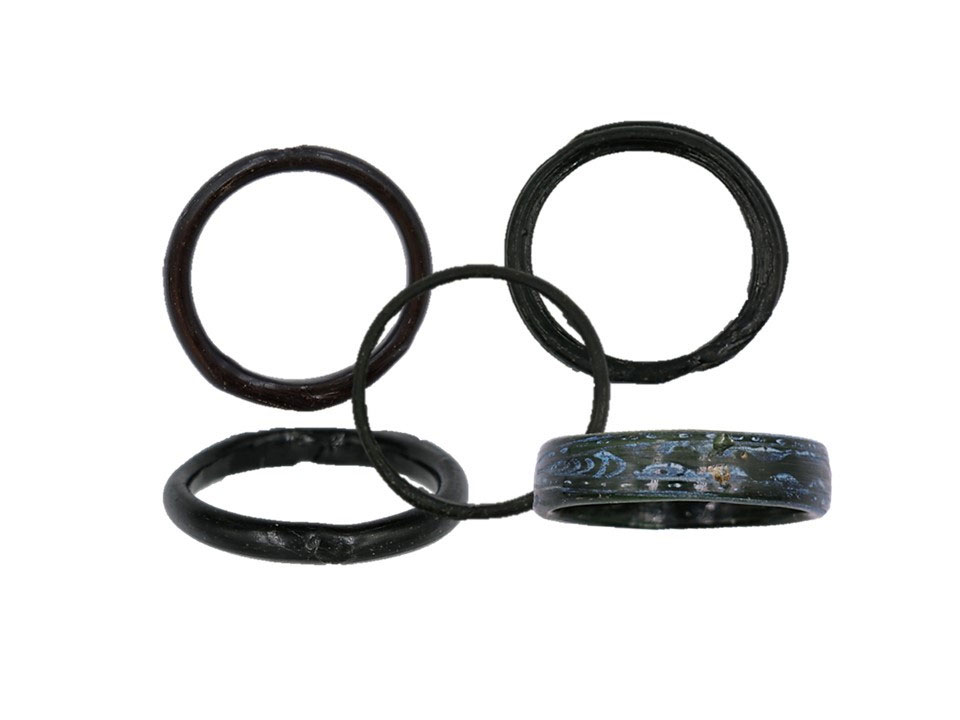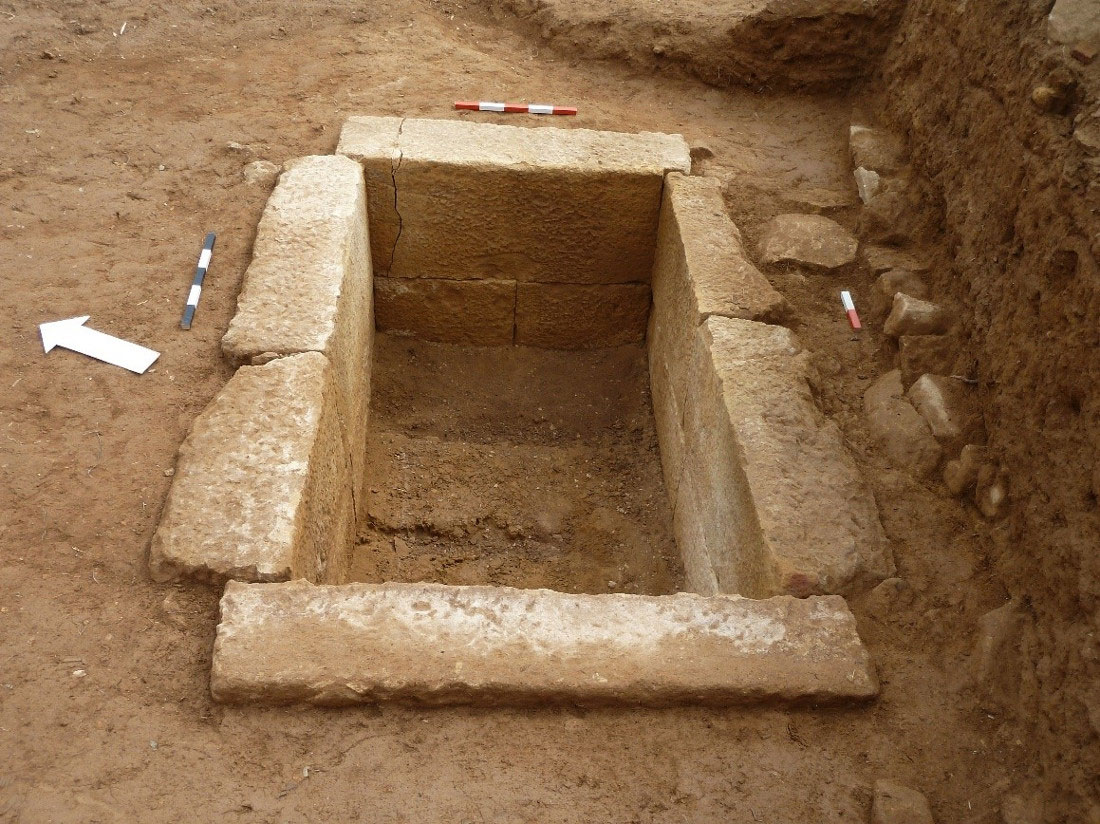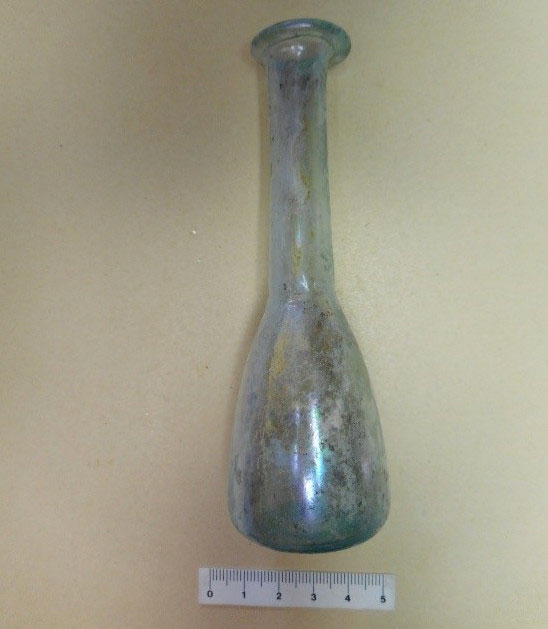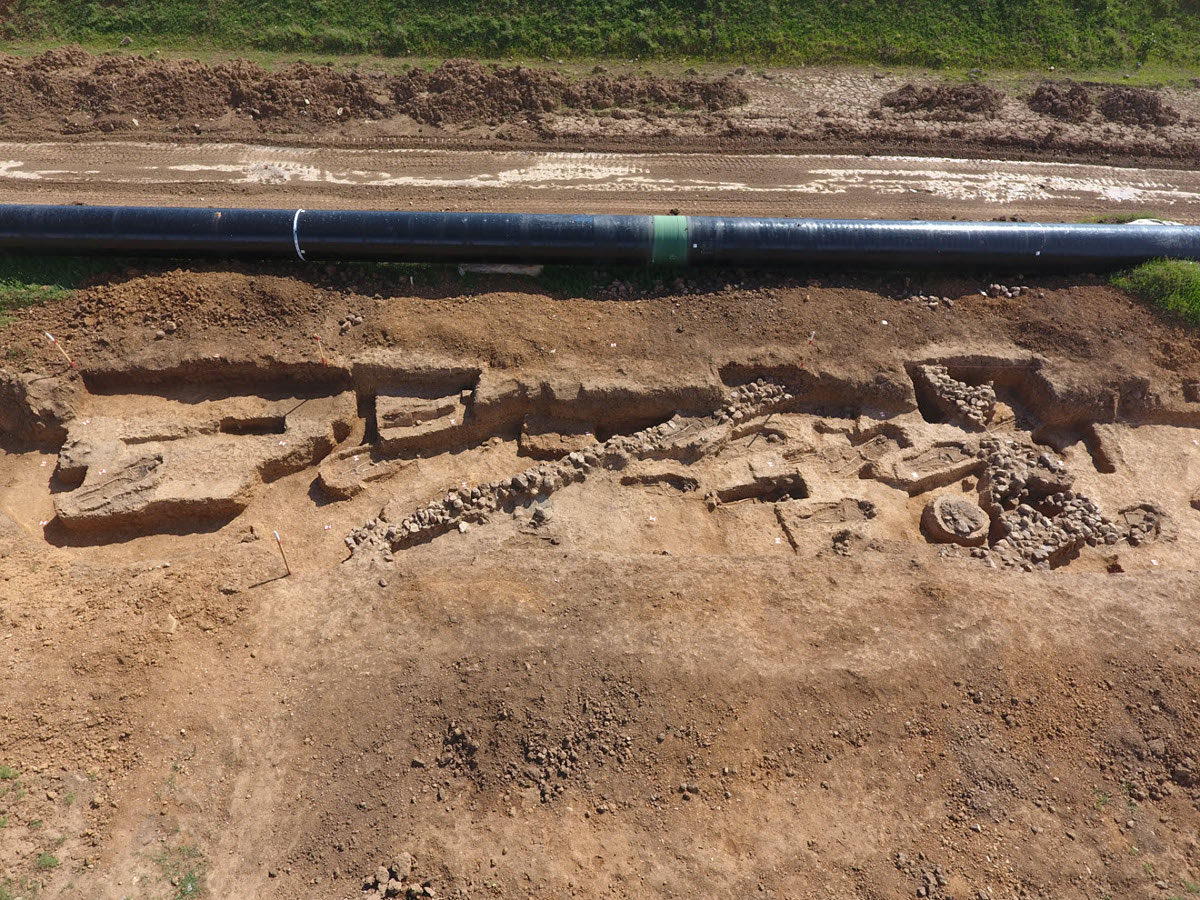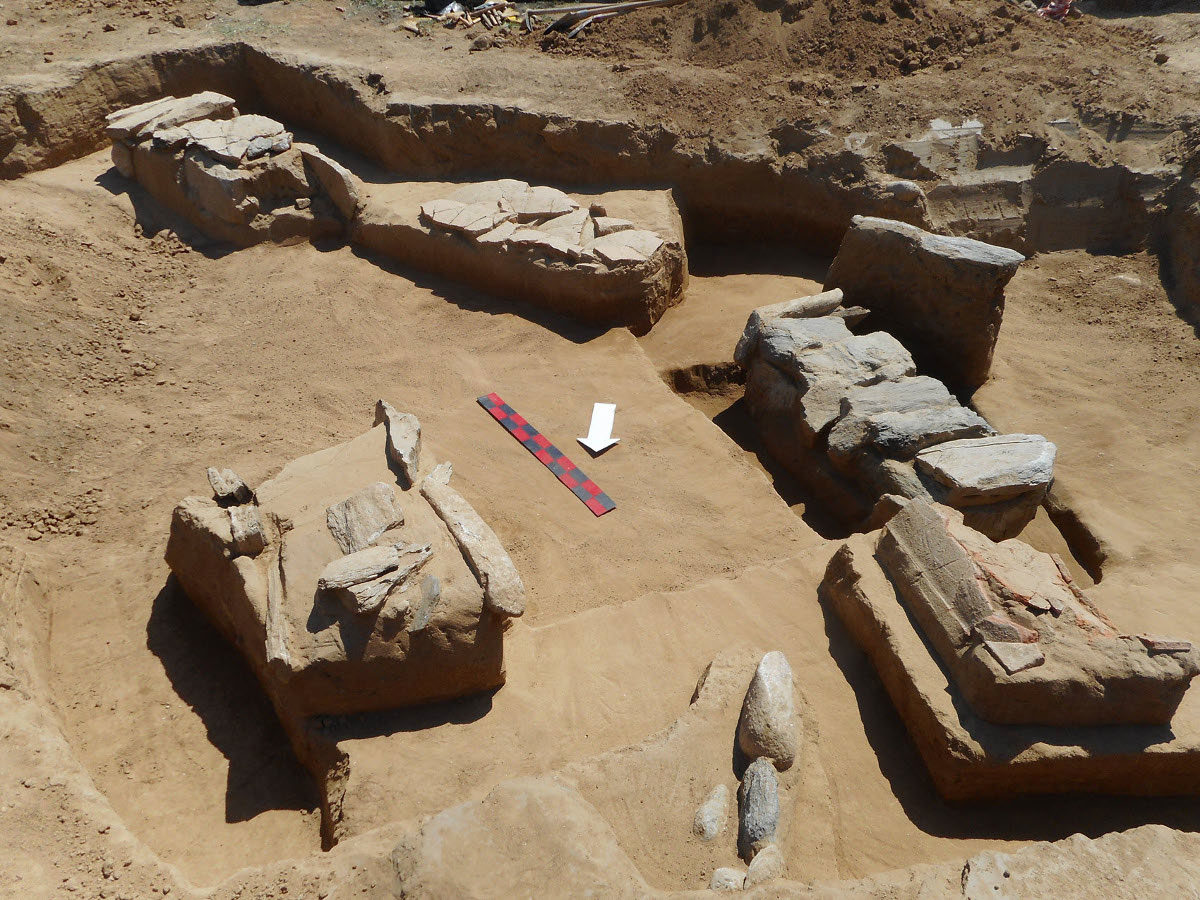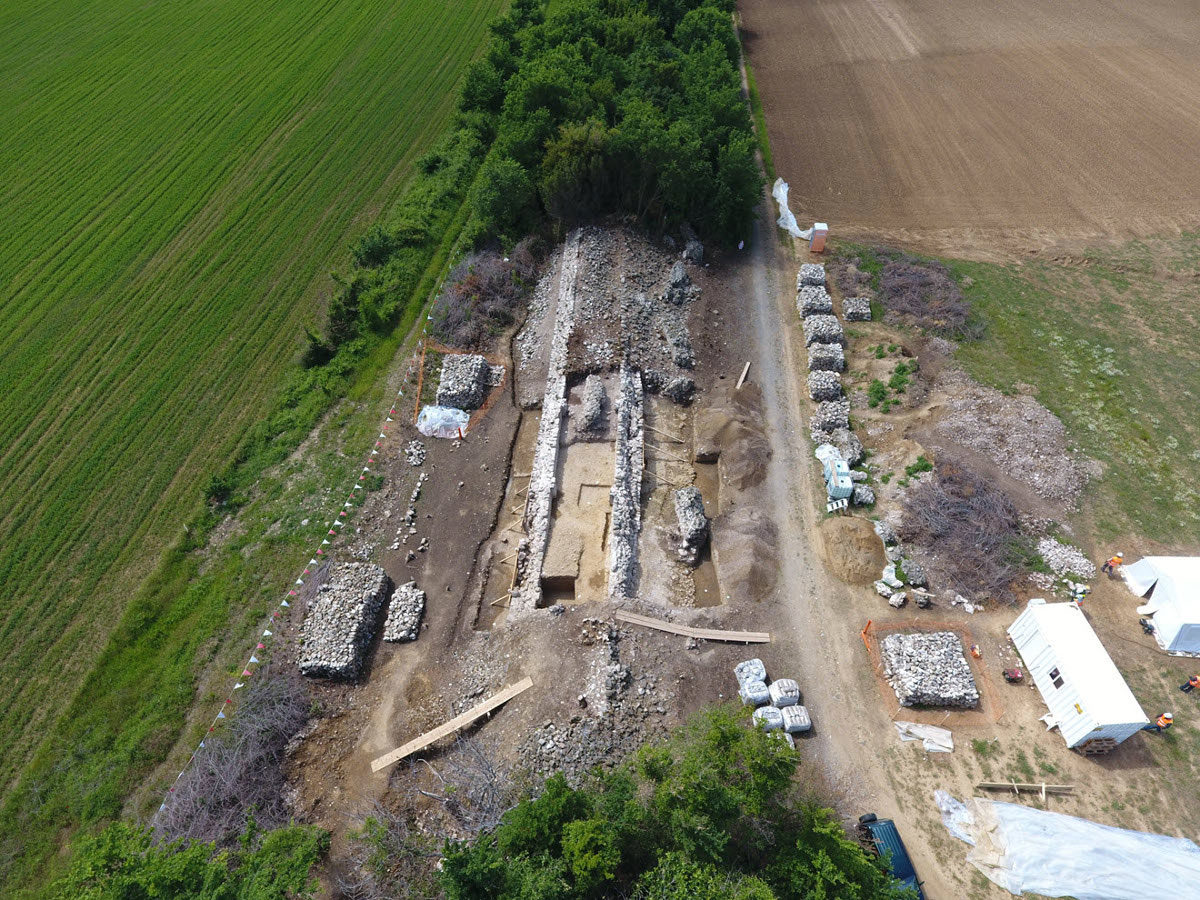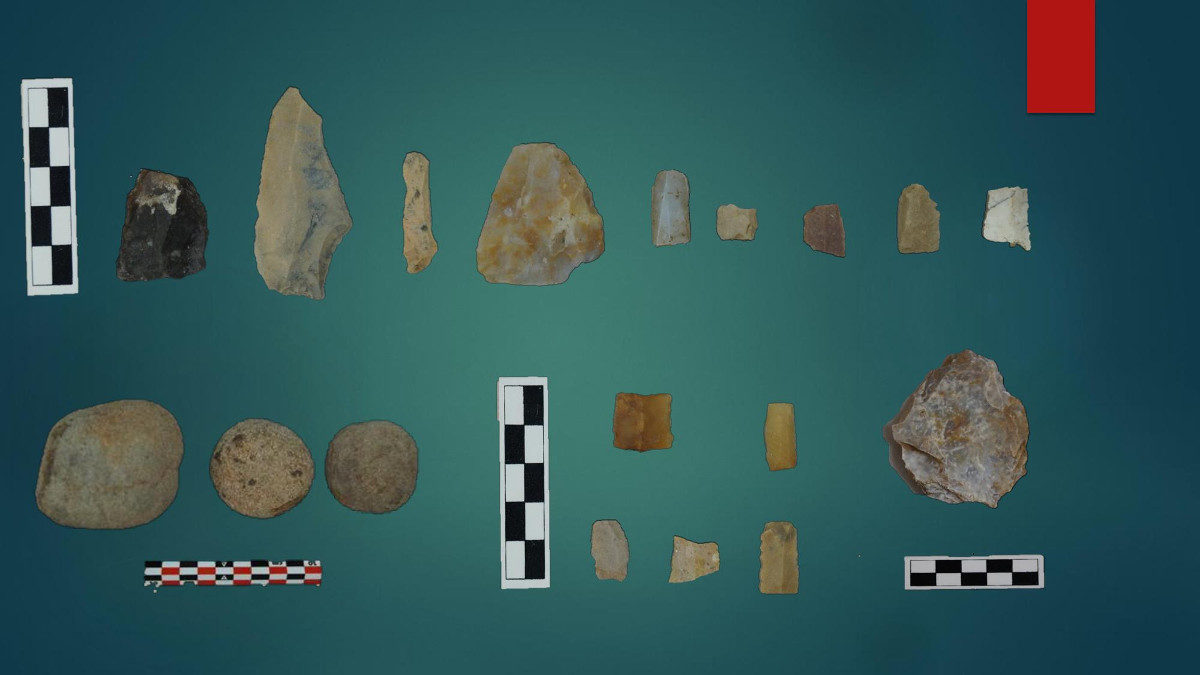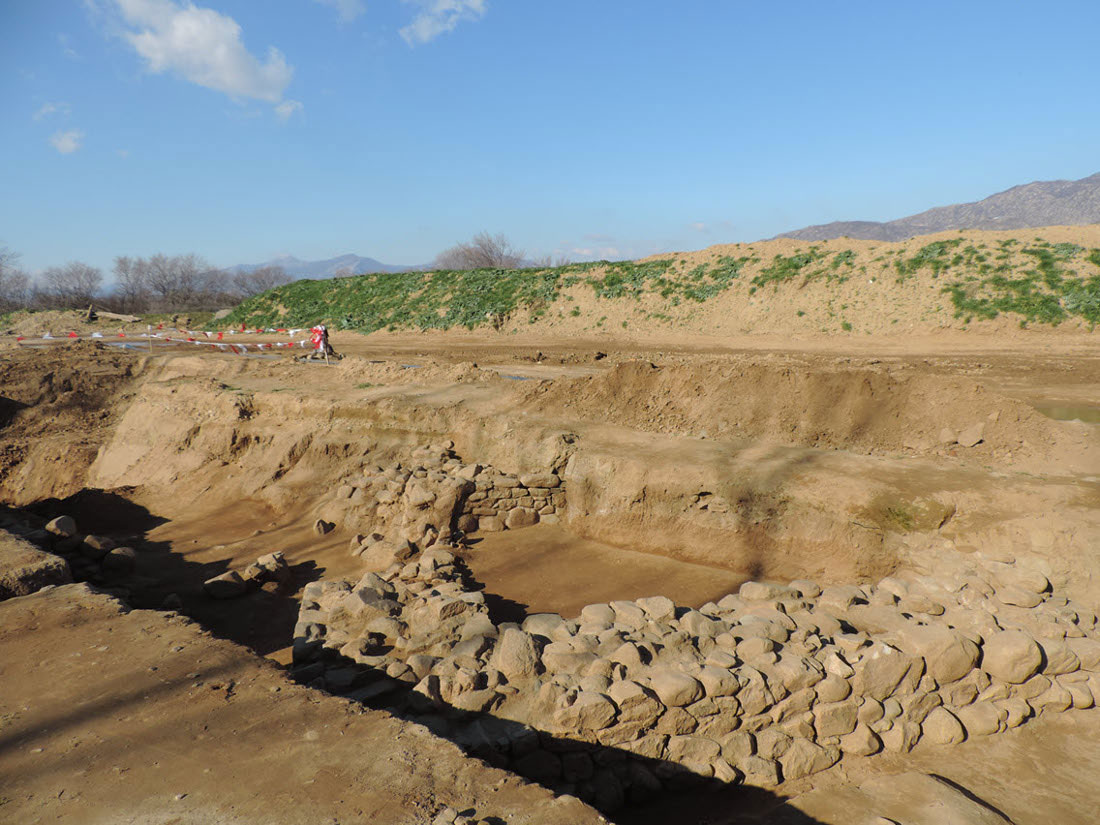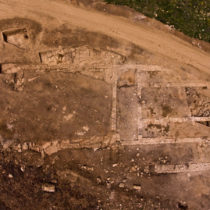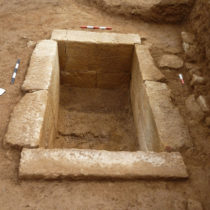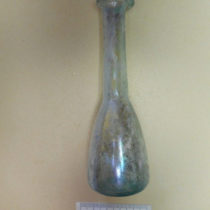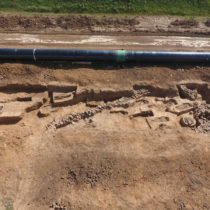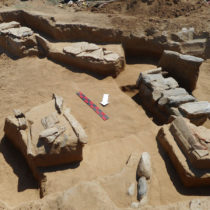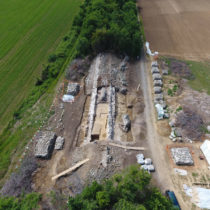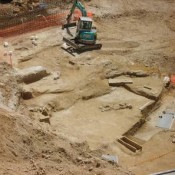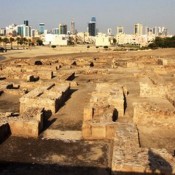Archaeological remnants of human activity in Thrace from the Neolithic (4th millennium BC) to the post-Byzantine period have been brought to light from archaeological excavations, carried out in the context of construction works for the Trans Adriatic Pipeline (TAP) AG.
This is supported by the findings of archaeologists who are employed in the area by the project and monitored by the local Ephorates of Antiquities (of Evros, Rhodope and Xanthi), as well as the Ministry of Culture and Sports.
Evros Regional Unit
Starting from the east, during TAP construction works in Evros a total of 30 locations of archaeological interest were identified, from Kipoi in the Greek-Turkish border, to the area of Sykorrachi in the west. These include cemeteries, architectural remains, artisanal and other findings, dating from the antiquity to the later Byzantine period.
“The findings are associated with already known archaeological sites in the vicinity, as well as new and –up to now unknown– archaeological locations. All findings are kept in the storage facilities of the local Ephorate of Antiquities, and many of them have already been conserved and are being studied by our staff archaeologists,” stated the Head of the Rhodope Ephorate of Antiquities and former head of the respective Ephorate of Evros, Chrysa Karadima. Also participating in the research were archaeologist and project manager, Zoe Miltsakaki, and archaeologist Filoxeni Aitatoglou, who was in charge of coordination of the works.
Archaeological research in Evros mainly focused on four excavations, all in the Municipality of Alexandroupolis. According to the scientists, these locations document the area’s historical significance due to the number and kind of the findings:
-late antiquity cemetary in Gemisti
-late Byzantine cemetary in Palagia
-architectural remnants of an early Byzantine three-nave basilica in Potamos
-cist Roman grave with rich grave goods, also in Potamos
Rhodope Regional Unit
Twelve unknown archaeological findings were unearthed and recorded during construction works in Rhodope. From these, according to the Head of the local Ephorate, Chrysa Karadima, and the archaeologist in charge, Marina Tasaklaki, two evolved into large-scale rescue excavations and are now identified as locations of archaeological interest. These are:
-the Arsakeio area of the Maroneia-Sapes Municipality, where two phases of use were identified,
one belonging to the Roman/late Roman period (4th-5th century AD) and relating to findings such as: kiln, remnants of a rectangular and a circular building, well and large pots. Out of these, the kiln has already been transferred to the courtyard of the Komotini Archaeological Museum, with the intention to use it in the local Ephorate’s educational projects.
and a second one, belonging to the Byzantine period and relating to 55 graves, mainly pit-like and unadorned.
-the Galini area of the Iasmos Municipality, where part of a Roman cemetary was excavated.
Finally, added Ms Karadima and Ms Tasaklaki, “in the Amaxades area of Iasmos, TAP crosses with the Byzantine Wall of Anastasioupolis, dated to the Justinian period and presenting singular scientific interest – regarding both its construction and operation. That’s because the 2.4km wall combined the dual role of aqueduct and fortification. In order to protect the monument, the construction of the pipeline in the area was carried out without trenching, but by the use of the boring method instead – after performing restoration maintenance and fastening works, to ensure stability.”
Xanthi Regional Unit
The most impressive aspect of the rescue excavations carried out in the context of TAP’s construction in Xanthi, is that none of the archaeological locations identified were known beforehand. According to the Head of the local Ephorate, Konstantina Kallintzi, and the archaeologists Maria Chrysafi, Kyriaki Hadjiprokopiou and Despoina Skoulariki, this is very significant, as it enriches both archaeological topography and scientific knowledge.
Antiquities were excavated in several levels compared to today’s ground surface, dating from the Neolithic to the post-Byzantine period. The local Ephorate identifies the following as the most important findings:
–Remnants of an early Bronze Age settlement (3,200-2,000 BC), in Sounio, Avdira Municipality.
–Iron Age ceramic pots and Thracian graves (8th century BC), in Grigoro, Avdira Municipality.
-4th century BC fortress related to Philip II’s activities in coastal Thrace, Polysitos, Avdira Municipality.
-Remnants of Roman metalwork activities, in Kossos, Topeiros Municipality.
-3rd-4th century AD settlement, including artisan workshops, ceramic kiln and a location for storing coins and/or metal objects, in Sounio, Avdira Municipality. The selection of the location is linked to the proximity of the Roman Via Egnatia.
-Middle-Byzantine cemetary (10th-12th century AD), in Grigoro, Avdira Municipality: pit-shaped and cist graves were excavated, several of them adorned with glass and bronze jewellery.
-Post-Byzantine aqueducts, in Kossos, Topeiros Municipality, as well as in Tecton, Feloni and Vafeïka in the Avdira Municipality.
The above findings in Thrace, as well as others from the Northern Greek areas traversed by the pipeline, due to be announced in the future, were located in the context of the 400+ Archaeological excavations and investigations carried out in the pipeline’s Right of Way, according to the relevant Memoranda of Understanding and Cooperation that TAP has signed – both with the competent Ministry and with the Ephorates of all the regional units it crosses.
